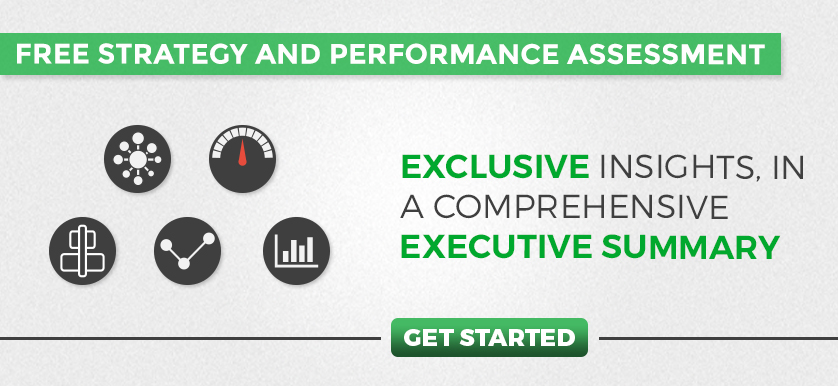Best practices for enhancing employee performance through strategy execution

Image source: studioroman | Canva
In today’s dynamic business landscape, the success of any organization hinges on its ability to execute its strategies effectively. A well-crafted strategy can set the direction for growth and innovation, but its potential is realized only when it is translated into action through meticulous execution. Central to this process is the role of employees, who are the driving force behind turning strategic visions into tangible results.
Employee performance is a pivotal factor in the success of any organization. To achieve excellence, companies must focus on setting clear strategies and executing them effectively. This article will delve into best practices for driving employee performance, emphasizing strategy execution.
- Strategic alignment: Effective strategy execution begins with aligning individual roles and responsibilities with the overarching organizational strategy. By clearly communicating the company’s goals and vision, employees gain a deeper understanding of how their contributions directly impact the larger picture. This alignment fosters a sense of purpose and promotes a collective commitment to achieving shared objectives.
- Clear communication and cascading goals: A well-executed strategy demands clear communication across all levels of the organization. Leaders play a vital role in disseminating the strategic direction, ensuring that every team member knows their role in the grand scheme. The practice of cascading goals from top to bottom ensures that each employee’s performance objectives are in harmony with the organization’s strategic imperatives. It is important to regularly communicate the big picture to emphasize the importance of individual contributions.
- Metrics and performance tracking: Measuring employee performance is essential for gauging strategy execution effectiveness. Implementing performance metrics and key performance indicators (KPIs) provides a quantifiable way to assess progress. Regular reviews allow adjustments to be made, ensuring the strategy remains on course. Visual tools, such as charts and tables, can help visualize performance trends and identify areas for improvement. Setting SMART (Specific, Measurable, Achievable, Relevant, Time-Bound) goals and KPIs that align with the overarching strategy provides employees with tangible targets and fosters a sense of accomplishment.
- Empowerment and autonomy: Empowered employees are more likely to take ownership of their tasks and proactively seek ways to contribute to the strategy’s success. Providing employees the autonomy to make decisions within their roles fosters a sense of accountability and commitment. This empowerment not only boosts individual performance but also promotes innovation and adaptability.
- Recognition and rewards: Acknowledging and celebrating accomplishments, both big and small, go a long way in motivating employees. Recognition reinforces the connection between their efforts and the organization’s success. Tangible rewards, whether financial or non-monetary, serve as incentives that drive heightened performance.
Avoiding common pitfalls
While striving for optimal strategy execution, it is vital to steer clear of common pitfalls. One such pitfall is underestimating the importance of ongoing training and development. A skilled workforce is more capable of executing strategies successfully. Additionally, neglecting to monitor progress can lead to deviations from the intended path.
In the pursuit of organizational success, effective strategy execution is paramount, and employee performance should be inherently tied to it. Employees’ commitment, enthusiasm, and performance can determine whether a strategy remains an abstract concept or a tangible reality. Organizations can unlock the full potential of their strategic visions by aligning employees with the strategy, fostering open communication, recognizing achievements, and empowering them with tools to succeed. As leaders cultivate an environment where strategy execution is a collective endeavor, they pave the way for sustained growth, innovation, and achievement of long-term goals.
*****************************
This article is written by Rami Al Tawil, Organizational Excellence Director at Al Saedan Real Estate Company, who holds a master’s degree in industrial engineering from Jordan University of Science and Technology. With 19 years of expertise spanning Strategy Planning, Performance Management, Business Improvement, and more, he excels in aligning employees with strategic visions for consistent performance improvement.

Tags: Employee Performance, performance reviews, Strategy Execution





